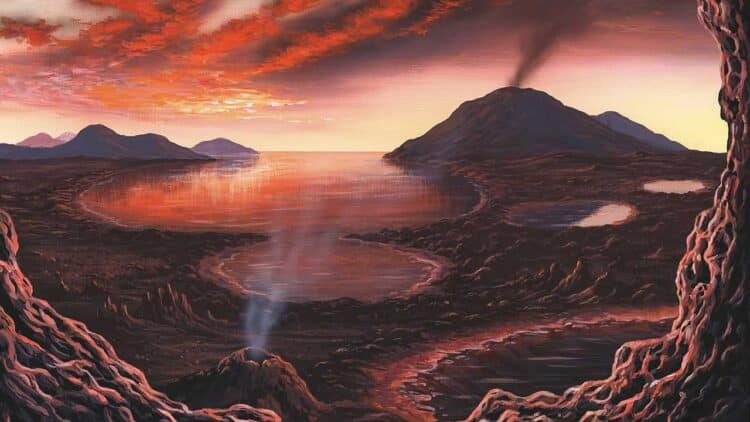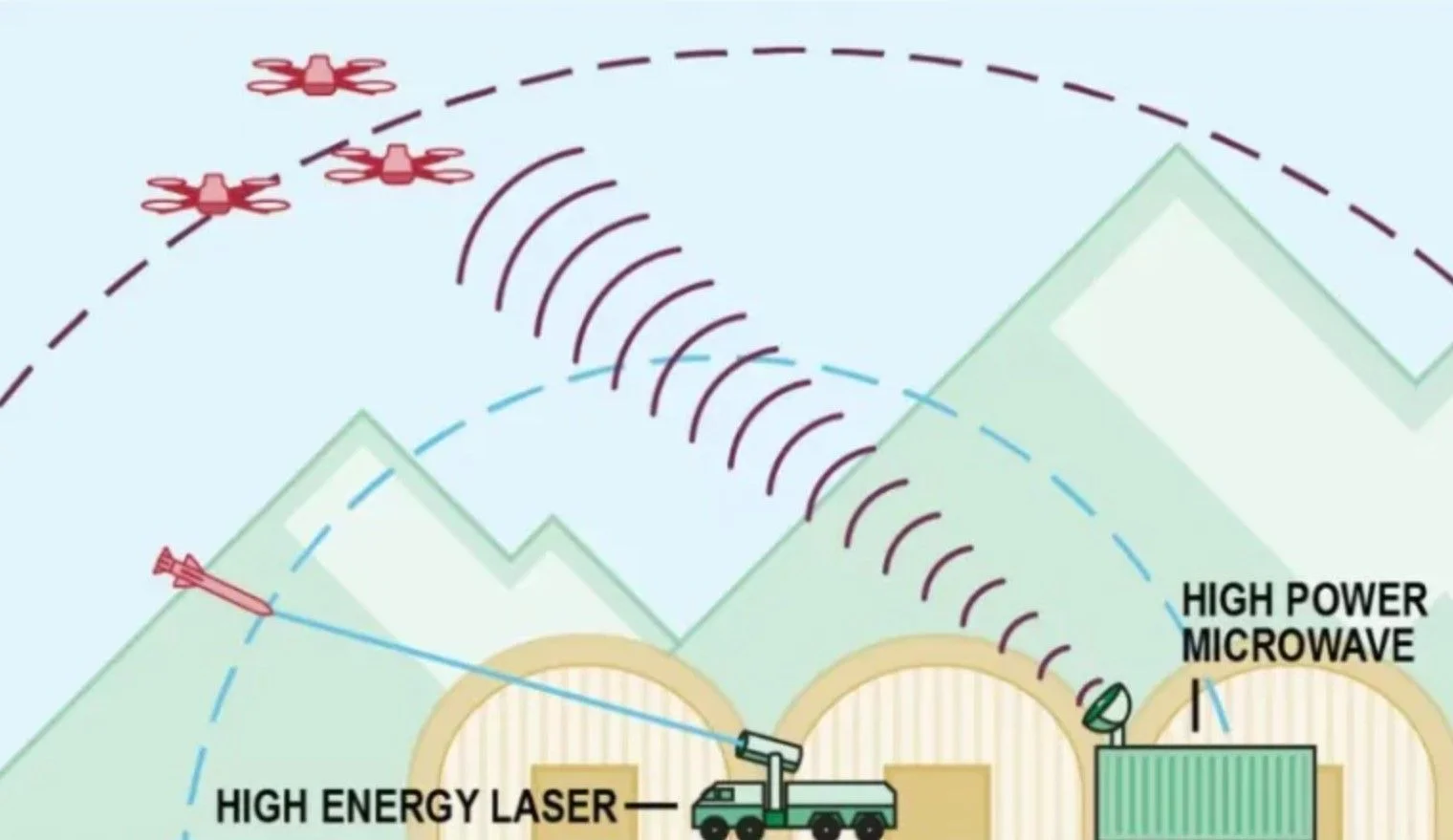Canadian researchers examined the composition of rocks that rose to the surface as the first continents emerged. According to the results of the analysis, it turned out that the new earth’s crust did not arise from the movement of tectonic plates, but from processes on the oceanic plateaus of the young Earth.
Earth’s first continents appeared 4.57 billion years ago during the Cathar Eon. Then rocks consisting of tonalite, trondemite, and granodiorite (abbreviated TSH) began to emerge to the surface. This group is closely associated with early plate tectonics. However, the scientific community did not fully understand the origin of these rocks.
It is believed that the formation of TSH occurs in two stages: the release and subsequent melting of the original mineral complex, the composition of which corresponds to tholeiitic magmas. Some experiments have shown that TSHs are formed from molten basaltic crust. But at the same time, other metamorphic rocks that developed under other conditions also claim the ancestral place of TSH.
To clearly understand the origin of the TSH group, Canadian geologists decided to study the quantitative content of titanium and niobium in parent melts. Two of these elements were chosen for several reasons: they are incompatible, immobile in liquid, and are the most common. The scientific study was published in the journal Nature Communication.
“We tracked down a specific set of trace elements that did not change and preserved a number of properties of the original magma from which the new TSH crust was formed. These elements allowed us to follow the chemical changes that TSH magmas underwent and the composition of the melts, finding their initial states and sources (most likely gabbro varieties) ” says Matisse Smith, author of the study.
Geologists analyzed data on all found samples of TSH rock and created a model of its formation. According to him, TSH and early rocks arose as a result of the burial and melting of the previous crust, which, as scientists hypothesized, resembled an oceanic plateau. In other words, these rocks were formed within the crust, not as a result of the collision of lithospheric plates.
“There was always a chicken-and-egg question: Which came first, plate tectonics, or TSH magmatism creating a new continental crust? We actually showed that these things may not be directly related. Recognizing the source rock type makes this leap possible, and also the formation of the first true continents.” It also eliminates the need to explain its growth by other mechanisms, such as meteorite impacts,” said Matisse Smith.













